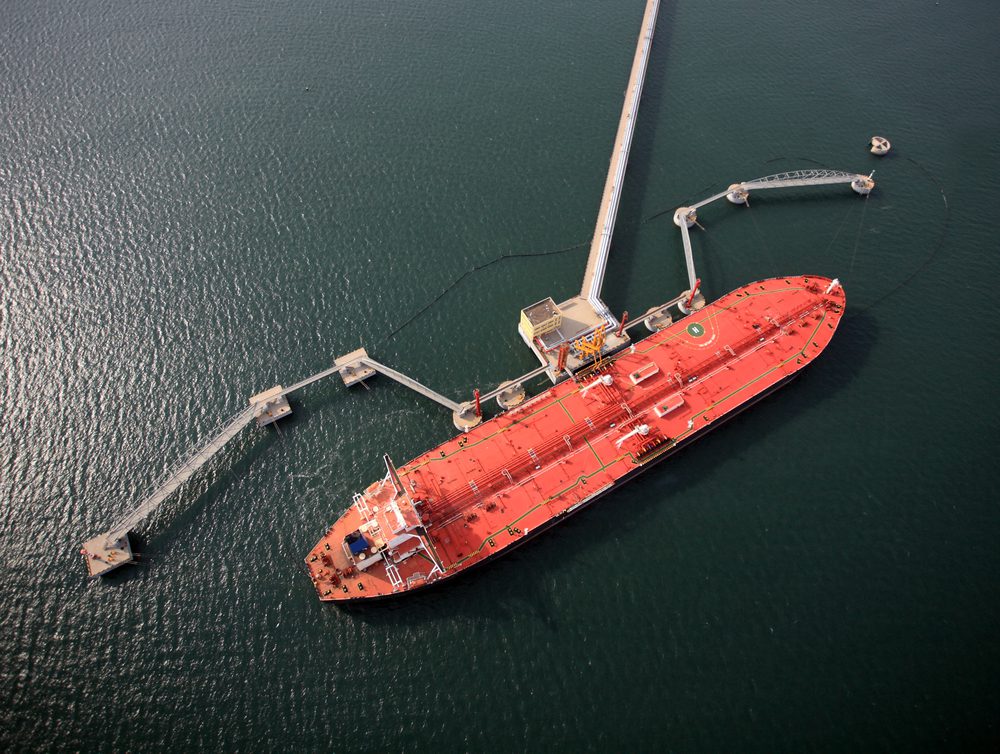Enterprise Products Partners announced today that its Sea Port Oil Terminal (SPOT) project lacks sufficient customer interest to move forward with commercialization, casting doubt on the future of what was planned to be the United States’ largest offshore oil export terminal.
During a post-earnings conference call, CEO Jim Teague emphasized that specific volume commitments, fees, and terms are necessary prerequisites for construction. “If we can’t achieve these within a reasonable amount of time, we will move on,” Teague stated.
The project, which received its deepwater port license from the United States Maritime Administration (MARAD) in April 2024, has been aiming for a 2027 start date.
The terminal, planned to be situated about 30 nautical miles off the the Texas coast, is being designed to export 2 million barrels of crude oil per day, offering access to over 40 different grades of crude oil, including Midland WTI. The terminal will feature two Single Point Mooring (SPM) buoys capable of loading two VLCC supertankers simultaneously at a rate of 85,000 barrels per hour.
As Shale Oil Gains Slow, Deepwater Port Struggles For Customers
SPOT had already cleared significant regulatory hurdles, including a four-year environmental review conducted by MARAD and the U.S. Coast Guard, with additional approvals from the State of Texas.
“I believe that SPOT should be the poster child for regulatory reform,” said Teague, noting that the lengthy application process, which began in 2019, caused its anchor customer to withdraw from its contract.
Teague also explained how Russia’s war in Ukraine has altered market dynamics. Instead of U.S. crude exports flowing to Asia on VLCCs as expected, shipments have mainly redirected to Europe, which can be done on smaller Aframax or Suezmax tankers.
“Today, we have not gotten enough traction to commercialize SPOT,” Teague stated, while declining to set a firm deadline for the Final Investment Decision (FID), which some had anticipated in 2024.
The SPOT project garnered national significance status due to its potential contributions to employment, economic growth, and U.S. energy infrastructure security. Environmental benefits were a key selling point for the project, with plans to reduce crude vapor emissions by 95 percent and lower total greenhouse gases by 65 percent compared to conventional export methods.
Despite these advantages and regulatory approvals, the lack of firm customer commitments now threatens to derail what would have been a landmark development in U.S. oil export infrastructure.

 Join The Club
Join The Club











